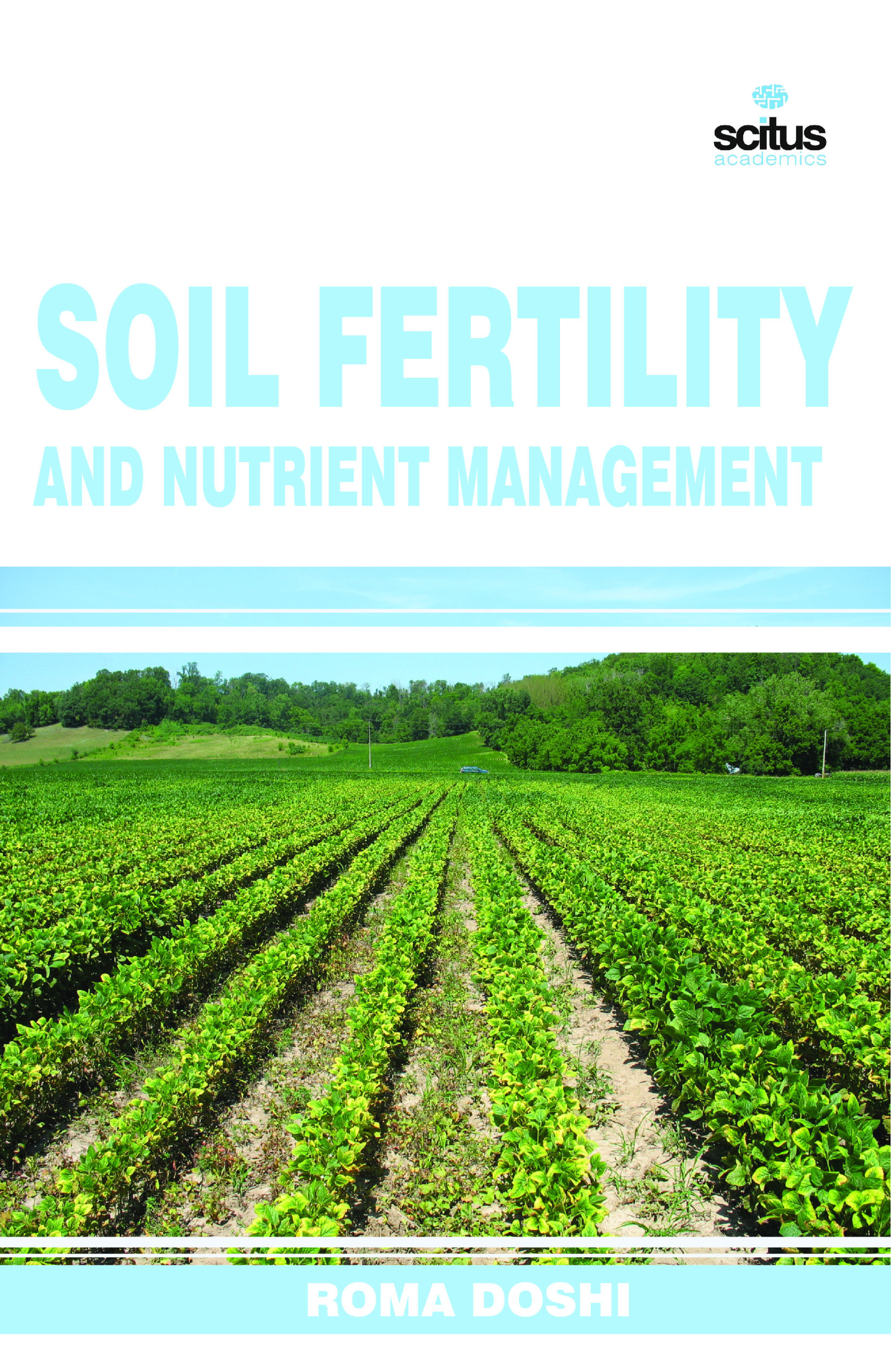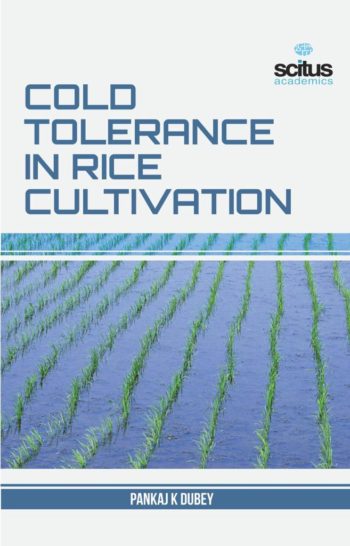Soil fertility refers to the ability of a soil to supply plant nutrients. Bioavailable phosphorus is the element in soil that is most often lacking. Nitrogen and potassium are also needed in substantial amounts. For this reason these three elements are always identified on a commercial fertilizer analysis. For example a 10-10-15 fertilizer has 10 percent nitrogen. Inorganic fertilizers are generally less expensive and have higher concentrations of nutrients than organic fertilizers. Also, since nitrogen, phosphorus and potassium generally must be in the inorganic forms to be taken up by plants, inorganic fertilizers are generally immediately bioavailable to plants without modification. However, some have criticized the use of inorganic fertilizers, claiming that the water-soluble nitrogen doesn’t provide for the long-term needs of the plant and creates water pollution. Slow-release fertilizers may reduce leaching loss of nutrients and may make the nutrients that they provide available over a longer period of time. Soil fertility is a complex process that involves the constant cycling of nutrients between organic and inorganic forms. As plant material and animal wastes decompose they release nutrients to the soil solution. As plant material and animal wastes are decomposed by micro-organisms, they release inorganic nutrients to the soil solution, a process referred to as mineralization. Those nutrients may then undergo further transformations which may be aided or enabled by soil micro-organisms. Like plants, many micro-organisms require or preferentially use inorganic forms of nitrogen, phosphorus or potassium and will compete with plants for these nutrients, tying up the nutrients in microbial biomass, a process often called immobilization.













